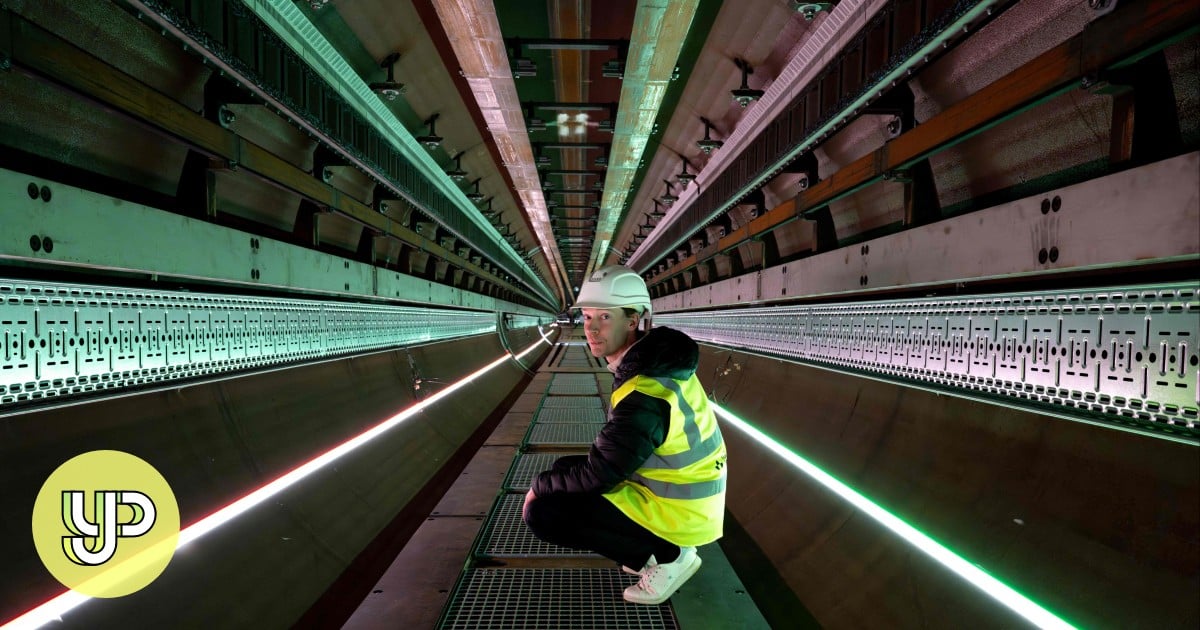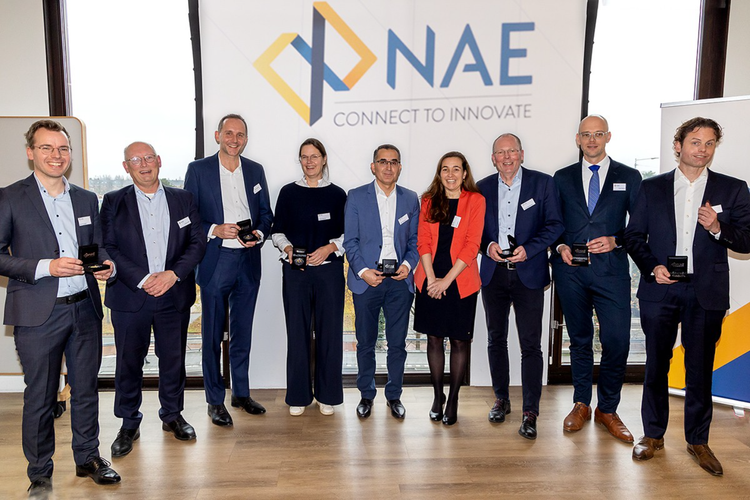Europe’s longest tunnel for testing hyperloop technology opens in the Netherlands

- by maurya18@gmail.com
- April 24, 2024

Europe’s longest tunnel for testing hyperloop technology opened last month in the Netherlands, with operators hoping passengers can one day be whisked from Amsterdam to Barcelona in a couple of hours.
On a disused railway centre near Veendam in the north of the country sits a sleek Y-shaped white tunnel that is 420 metres long and is made up of 34 interconnected pipes around 2.5 metres wide.
Nearly all the air is sucked out of the tunnel to reduce air resistance, and a vehicle is propelled using magnets at speeds that could eventually reach 1,000km/h (see graphic).
The European Hyperloop Centre is the world’s only facility to feature a “lane switch”, a tunnel branching off from the main track, allowing scientists to test what happens when a vehicle changes course at high speed.
“You need this to create a network. The lane switch is a diverging part of the infrastructure, so one part goes to Paris, for example, and the other heads off to Berlin,” said centre director Sascha Lamme.
Dutch-based firm Hardt Hyperloop plans to run initial vehicle tests in the coming weeks, and the centre is open to companies developing any aspect of hyperloop technology. However, scientists admit there is a “long road” before it is completely ready, and they are still some way off from testing with passengers. Full-scale passenger operations should be available by 2030, Lamme said, probably on a short route of around five kilometres.
Passionate and pioneering school students envision the future of trams and a smart city
Elon Musk brought hyperloop into popular culture with a 2013 paper proposing a “fifth mode of transport” linking San Francisco and Los Angeles. Musk said a hyperloop tube could link the two cities in around 30 minutes, compared to up to six hours by road or one hour by plane. Since then, several cities have toyed with the idea, and research projects have gobbled up millions of dollars, but the hyperloop has yet to get off the ground.
China has a longer facility, allowing them to reach speeds of nearly 700km/h, said Lamme.
Critics say questions remain about the passenger experience of being fired through a narrow tunnel at close to the speed of sound.
The split in a hyperloop tube, which allows vehicles to change directions, is seen at a new European test centre for hyperloop transport technology. Photo: AP
But Marinus Van der Meijs, technology and engineering director at Hardt Hyperloop, said the acceleration should not feel very different from a high-speed train. “The passengers will be going faster, but it’s all about the forces. It’s similar to an aircraft. When it’s up in the air and travelling at a constant speed, you don’t feel it.”
Agence France-Presse
Why could the hyperloop be the future of transport?
The hyperloop is an ultra-high-speed ground transport system. Passengers would ride in capsules through a network of tubes at near-vacuum pressure.
This almost airless environment allows the capsules to glide smoothly with minimal energy use. Powerful electromagnets would lift and propel the capsules silently, creating a comfortable and quiet journey.
Rules needed if Japan wants air taxis to take off
The technology comprises a network of tubes connecting mobility hubs worldwide, with pods travelling at ultra-high speeds in a vacuum.
While some question the feasibility of hyperloop transit, supporters maintain it is a viable technology worth investing in. The hyperloop is designed to run entirely on electricity and use minimal energy, making it environmentally friendly.
It also produces no pollution or noise and blends into the background, as it can be built both above and underground.
The Latest News
-
December 26, 2024Arne Slot legt opmerkelijke Nederlandse traditie uit aan Sky Sports
-
December 25, 2024Sport 2000 brengt Absolute-concept naar Nederland – RetailNews
-
December 24, 2024Consultatie van CSRD-implementatiebesluit voor accountants gestart
-
December 23, 2024Erik Wennekes Nederlands Kampioen Topklasse libre
-
December 23, 2024Wordt regio Ede of omgeving het nieuwe thuis voor Carolina uit Italië?





